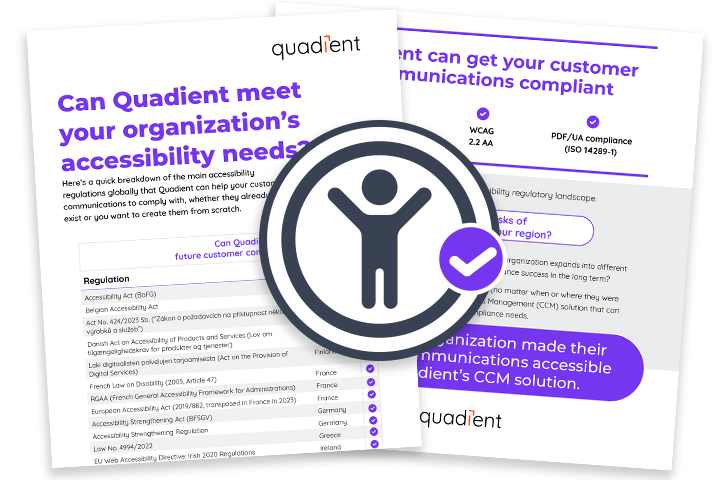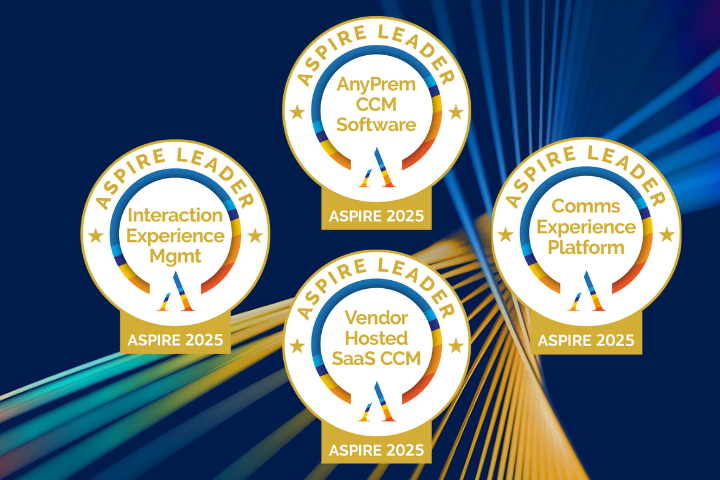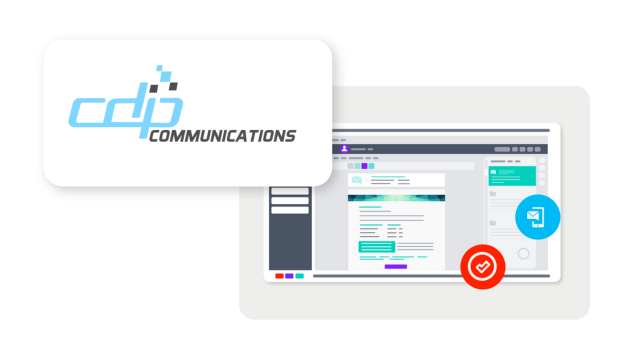
Accounting teams are operating in a very different world to the one we were used to before the pandemic. A recent survey of finance professionals found that 44% of respondents had gone partially remote after COVID-19, and a further 36% said their department was working from home full-time. For teams that were using traditional, manual methods in their accounts payable (AP) and accounts receivable (AR) departments, this spelled trouble.
In the survey, 88% of respondents said they were forced to work long hours because of manual data entry. Two out of three said they had to work overtime because of this.
Seventy-two percent said a lack of automation made this transition to working from home difficult. And while some processes can be managed over email, payments were difficult to complete while remote —57% of those surveyed said they could not make vendor payments at all during this time. Perhaps it is no surprise that 44% said finding a way to make electronic payments was now a top priority for their team. Organizations that have implemented digital payment methods are realizing efficiency and cost benefits, as well as improved vendor relations.
How COVID-19 affected AP and AR
Last year, 43% of invoices in the US and Canada were not paid by their due date, which left many businesses hanging by a thread. This happened for several reasons: AP and AR departments that lacked the tools to make and receive payments remotely found themselves in a fix. Teams that depended on manual processes were hit by delays in their invoice approvals and collections. It takes an average of 11 days to get approval for an invoice in organizations without automation – and that can cause delays to the whole system.
Eliminating data entry can generate savings of an estimated USD $35,000 per year. This is no small matter at a time of tightening budgets and increased focus on liquidity in most businesses.
Paper-based processes are also a serious problem for accountants. In the survey, 88% of respondents said they were forced to work long hours because of manual data entry. Two out of three said they had to work overtime because of this. Finance professionals had to look for makeshift solutions while working remotely, chasing approvals by email or other siloed programs, and often having to come into the office to make or receive check payments.
The impact of finance automation
AP portals such as Quadient Accounts Payable Automation by Beanworks can improve relations between a business and its vendors, as the approval process is accelerated and payments are made on time. Eliminating data entry can generate savings of an estimated USD $35,000 per year. This is no small matter at a time of tightening budgets and increased focus on liquidity in most businesses.
In the study, those with fully automated AP functions were 36% more likely than average to say that automation has enabled increased growth. It also helps boost productivity and employee morale as teams spend less time on repetitive tasks and achieve a better work-life balance.
Automated AR platforms such as YayPay also power improved productivity. Predictive analytics forecast when customer payments will be made with 94% accuracy. This helps AR professionals manage collections strategically, focusing on the invoices that are predicted to become delinquent. Collections are automated, ensuring no customers are overlooked and that they receive timely, personalized communications. This helps teams collect cash up to 34% faster.
Customers can take advantage of a self-service payment portal that provides secure anytime, anywhere access to all of their account information. It also offers payment options via wire, ACH or credit card. This gives them the flexibility to manage their business on their own terms and saves time for your already overloaded team. The result? An improvement in on-time payments and cash flow for the business.
Payment methods: what are the options?
The good news is that there are various ways of making payments now that do not depend on sending a check through the mail.
Here are some of the alternatives you might like to consider:
- ACH/EFT: This is a network used for moving money electronically between bank accounts. It is fast and cost-effective and often the way employees’ salaries are paid.
- E-check: An e-check is a digital version of a physical check. A clearing house sends money from one bank account to another with this method. Electronic check processing works similarly to the paper kind, only faster. Authorization can be given by an online form, signed form or over the phone.
- Virtual credit cards: a single-use credit card number generated during a transaction. Because there is no physical card associated with it, it cannot be used for in-person transactions, and vendors will process the card number without seeing it.
- Wire transfer: Often used for international payments, this is a transfer of funds done electronically across a network of banks or transfer agencies. Senders provide the recipient’s name, bank account number and the amount transferred and pay for the transaction at the remitting bank.
Why businesses are opting for digital payments
Every B2B customer is a B2C customer in their daily life. In a CNBC study, it was found that Americans spend up to USD $164.55 every day. This total cost comprises multiple payments and these are typically simple, streamlined experiences—just consider your most recent online purchase. This stands in stark contrast to traditional, B2B payment experiences in which customers pay using slow, outdated methods and finance teams spend time on manual cash application.
Today’s customers want to pay you in the same way that they pay for everything else—online. AR automation offers customers all the payment options they want and need, which improves their experience and helps you get paid faster. Self-service options allow customers to access account details, make payments and submit requests—at any time and from anywhere. With the divide between B2C and B2B payment experiences narrowing, organizations that fail to modernize put themselves at a significant disadvantage.
This level of convenience is mirrored in AP when payments are digitized. Automation gives businesses real-time updates and clear visibility into the payment cycle. With Quadient AP, payments can be made in a few clicks. Accountants receive invoices electronically, send them for approval online and managers can accept or reject them on the central platform. Once approved, payments are processed based on the vendor’s preference: ACH/EFT, e-checks or virtual credit cards.
Digitization is simplifying the payment process, making it work better for both businesses and customers. This is driving faster payments, improved cash flow management and enhanced customer loyalty—three critical benefits that today’s organizations cannot afford to ignore.
Ready to see how Accounts Payable automation modernizes your business and levels up the performance?







